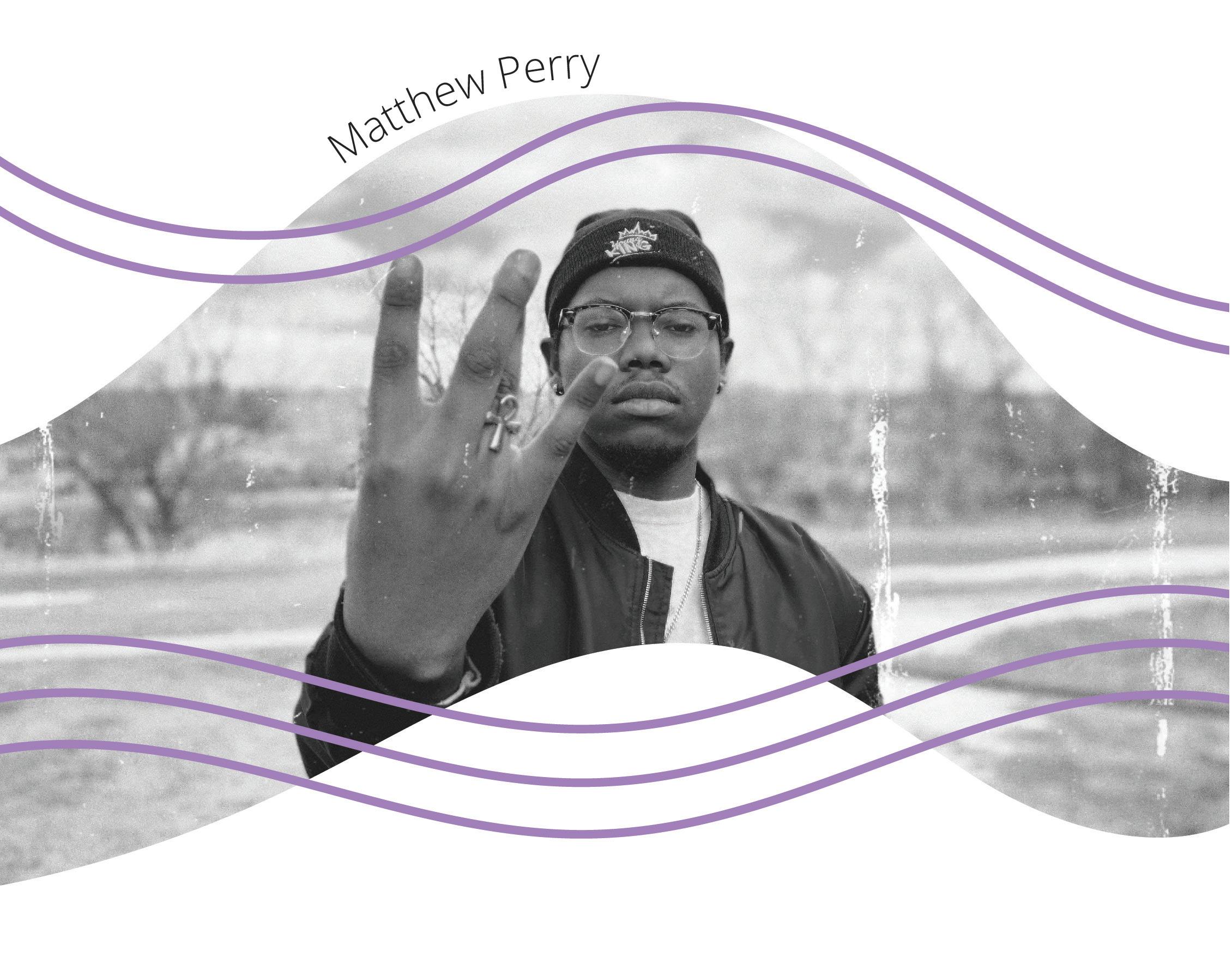METROSPHERE
TAKING FLIGHT IN THE MODERN WORLD Olivia Ruffe Think Piece
In director Hayao Miyazaki’s 1989 film Kiki’s Delivery Service, he uses magic as a metaphor for the fundamental spirit of the self that is essential for modern society. But in the past few months, our world has seemed to lose any and all magic that it ever once possessed. As I write this article in light of recent and unspeakable events—some of which hit too close to home—it’s hard to even look back at such a lighthearted film and try to fit it into our society
that seems so foreign now. When we chose Kiki’s Delivery Service as inspiration for the spring issue of Metrosphere, we were thinking about a film that evoked togetherness after a year that seemed more divided than ever. Now, I couldn’t think of how to talk about this film at all. Is the magic of Miyazaki lost in a modern world? I found myself watching the film as an escape while thinking it would inspire only hopelessness. Then, I remembered where Miyazaki’s stories came from in the first place. The premise of the film follows a young witch, Kiki, and her talking cat, Jiji. They set off from their provincial hometown to new beginnings in a faraway seaside city of Koriko. This witch, in keeping with family tradition, must spend a year away from home to gain independence and learn new skills. At thirteen, she is overwhelmed by the new society and culture. This seems to be an innocently simple plot. Yet, the film follows the story of a shojo character, in Japanese meaning “young woman” or “girl.” The magical girl genre, or mahou shouju, had been utilized by Japanese storytellers from the fifties onward with narratives centered on female empowerment as a means of cultural
10














